- Savage Blog
- Hunting with Bird Dogs: Your Faithful Field Companion
Hunting with Bird Dogs: Your Faithful Field Companion
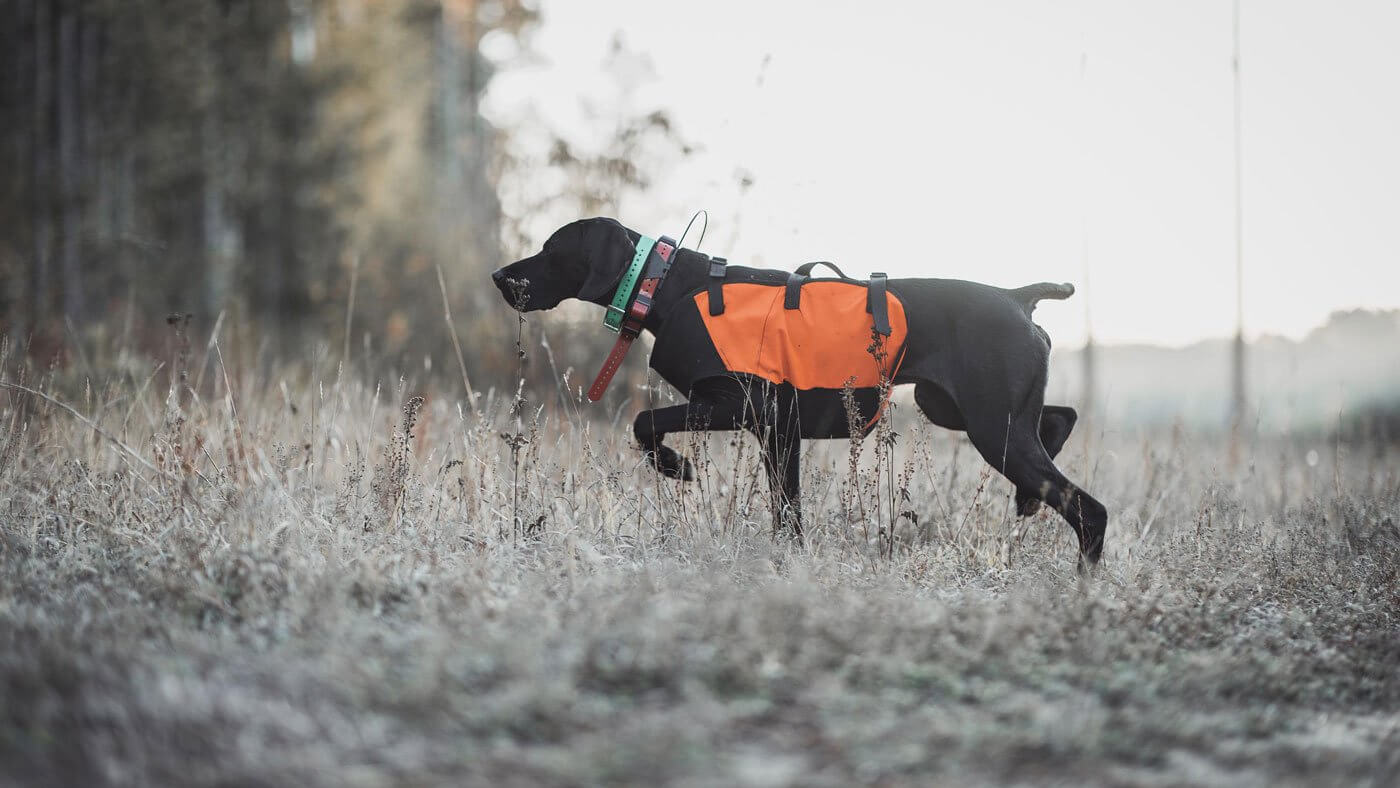
For any serious bird hunter, few things are more rewarding than working alongside a well-trained dog. Bird dogs are essential partners in upland and waterfowl hunting, helping locate, flush, and retrieve game skillfully and enthusiastically. Whether you’re looking to get started with a hunting dog or refine your current companion’s abilities, this guide will give you a strong foundation to understand the types of hunting bird dogs are used for, popular dog breeds, training tips, and the equipment that will help make your next hunt a success.
Popular Types of Hunting Using Dogs
Bird dogs are most commonly used in upland bird hunting and waterfowl hunting today. While some hunters have dogs that they use for both forms of hunting, many prefer specialized breeds that are trained to excel at the different tasks required by the two types of hunting.
Upland Bird Hunting
Upland hunting involves walking through grasslands, fields, or wooded areas to flush out game birds such as pheasant, quail, grouse, and chukar. Upland hunting bird dogs are typically trained to locate birds in cover, point to them, flush the birds on command, and retrieve the birds once they are shot by the hunter.
Upland bird dogs are typically athletic and high-energy, both of which are helpful traits when navigating the grasslands and brush that upland game birds typically inhabit. Walking several miles in a hunt is no problem for these dogs, so don’t expect to have to slow down any on your hunt!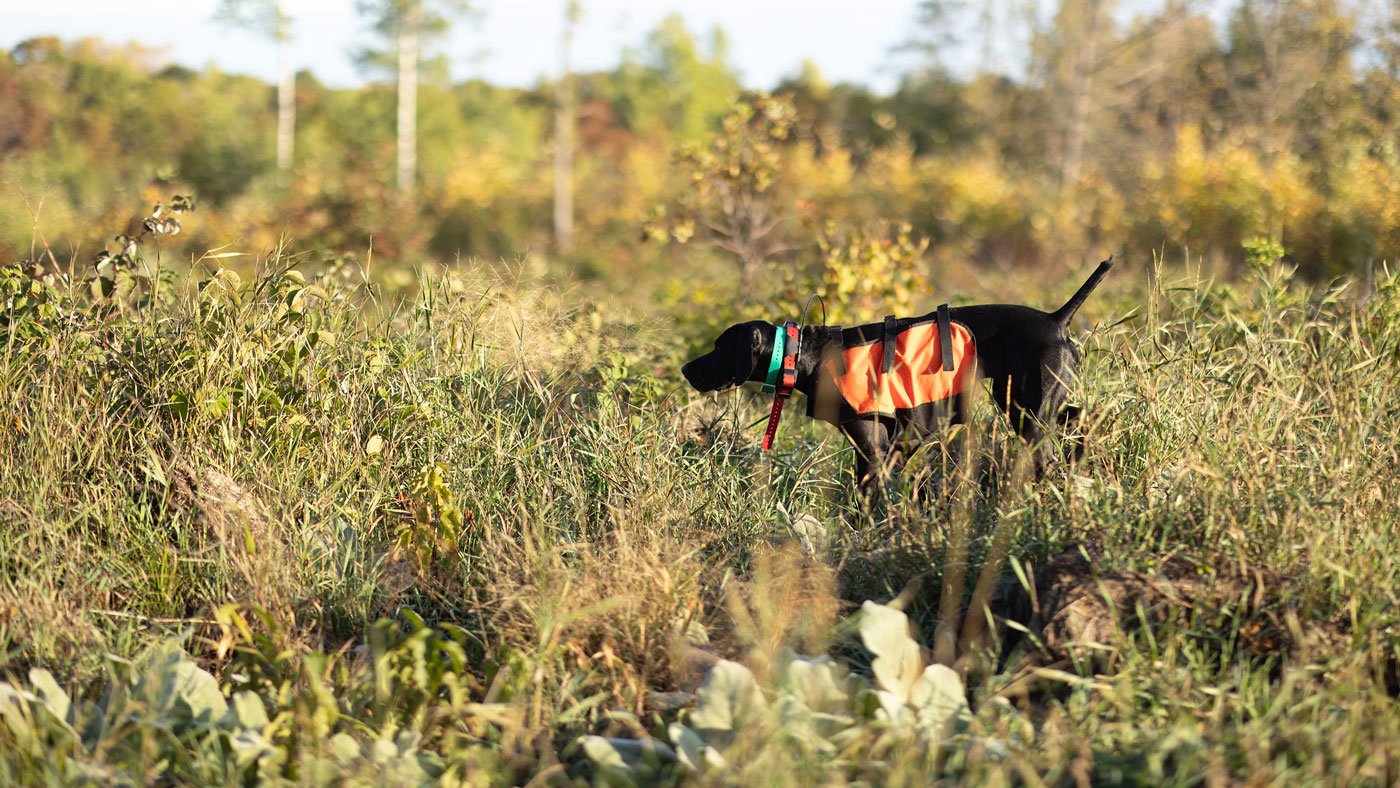
Waterfowl Hunting
Waterfowl hunting typically takes place near wetlands, marshes, lakes, or rivers and targets species like ducks and geese. Waterfowl bird dogs are mostly limited to retrieving birds after they have been shot. Otherwise, they wait patiently in the blind until a bird is down and it’s time to retrieve them.
Waterfowl dogs are typically heartier dogs that are more suited to the cold, wet weather that waterfowlers often find themselves in. They are obedient, patient, and have a good demeanor for sitting and waiting until they are sent out to retrieve the bird. They are also typically strong swimmers, and can swim out a decent distance to retrieve birds beyond a decoy spread.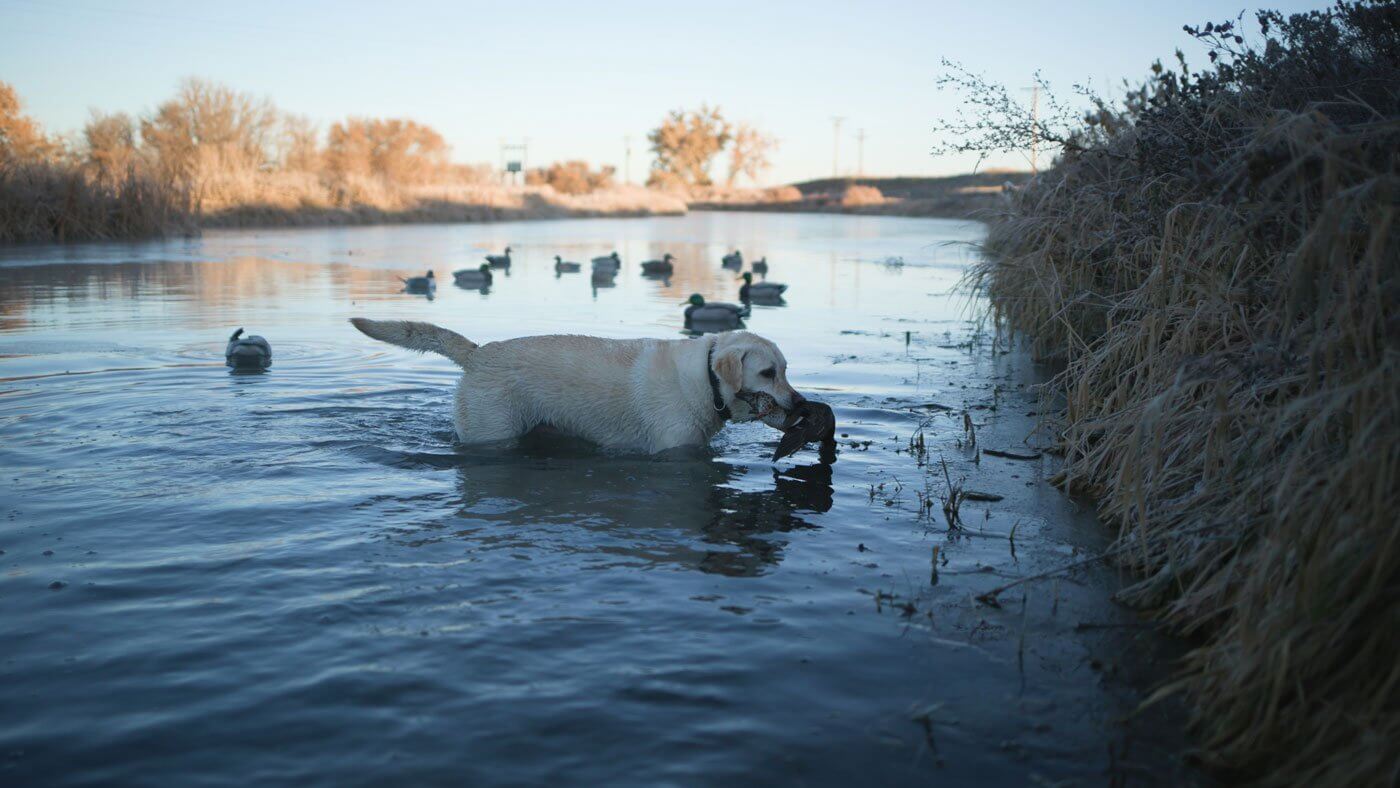
While each hunting style has its own demands, many bird dogs can be cross-trained to perform well at both upland and waterfowl hunting. Working with a reputable bird dog trainer can help you decide which dog is best for your hunting needs and how to properly train them for one or both disciplines!
Popular Dog Breeds for Bird Hunting
While many dogs can be trained to hunt, certain breeds have been developed specifically for their ability to assist with bird hunting. These breeds are known for their intelligence, drive, obedience, and bird sense. Here are just a few of the most popular breeds for both waterfowl and upland hunting!
Upland Bird Dog Breeds
English Pointer – Known for their strong pointing instincts and endurance, the English Pointer is ideal for hunting wide-open terrain and long distances. They are a popular upland dog trusted by many hunters.
German Shorthaired Pointer – One of the most recognizable upland bird hunting dogs, the German Shorthaired Pointer is versatile, energetic, and able to both point and retrieve well. While they are most beloved for upland hunting, they also do well retrieving waterfowl.
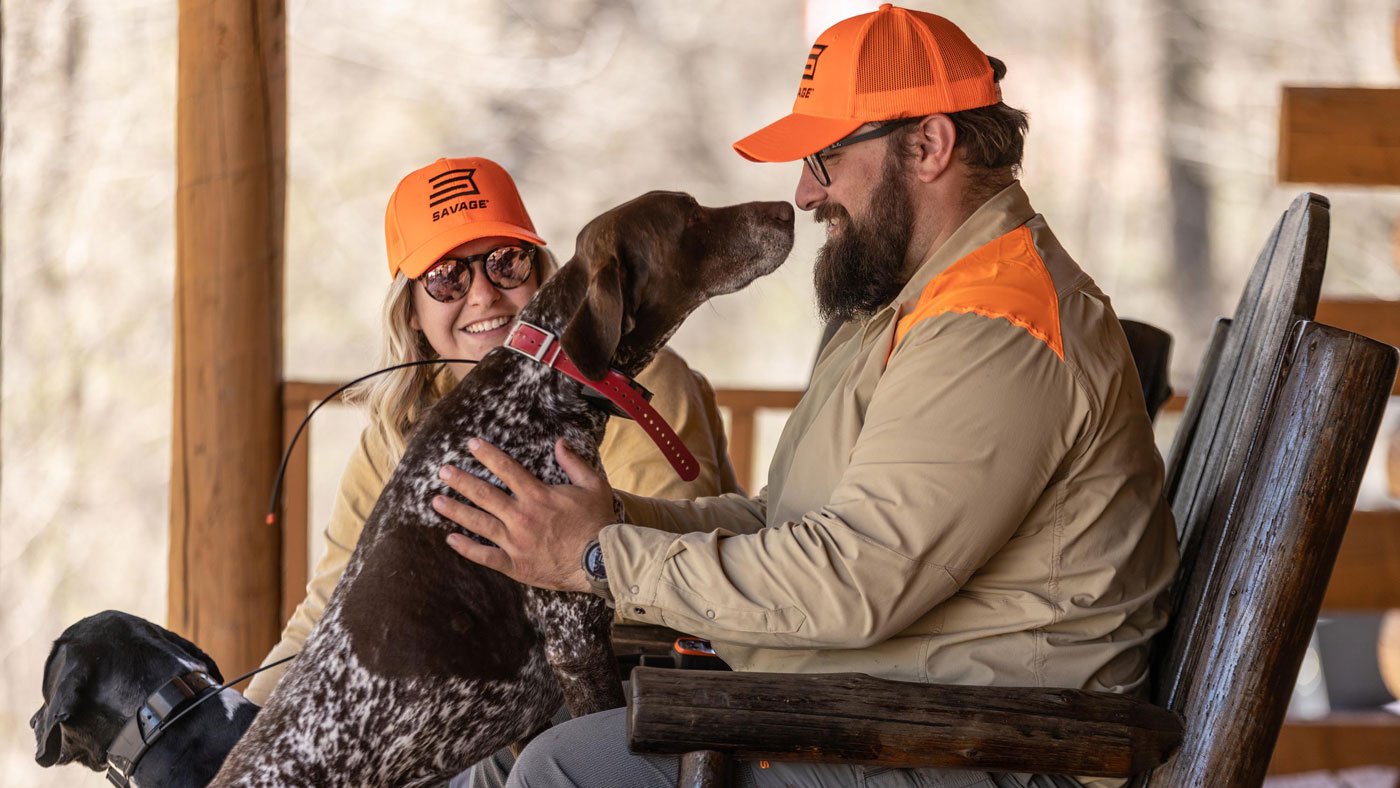
English Setter – The English Setter is a gentle, stylish worker with an excellent nose for birds. They are excellent for use in teams of dogs as locators for groups of birds holding to cover.
Brittany Spaniel – Compact, fast, and great for close-range upland hunting, the Brittany is an excellent choice for flushing and retrieving birds like pheasant and quail that are holding close to cover.
Springer Spaniel – Excellent flushers, Springer Spaniels are often used in denser cover. They are smart and energetic, and do well as an all-around upland bird dog or as a part of a team of dogs.
Waterfowl Dog Breeds
Labrador Retriever – The most popular waterfowl retriever, labs are strong swimmers and eager to please. They are often calm and patient in the blind, follow commands well, and are bred to be excellent retrievers. Their thicker coats also help to shed water and help keep them warm in colder weather.
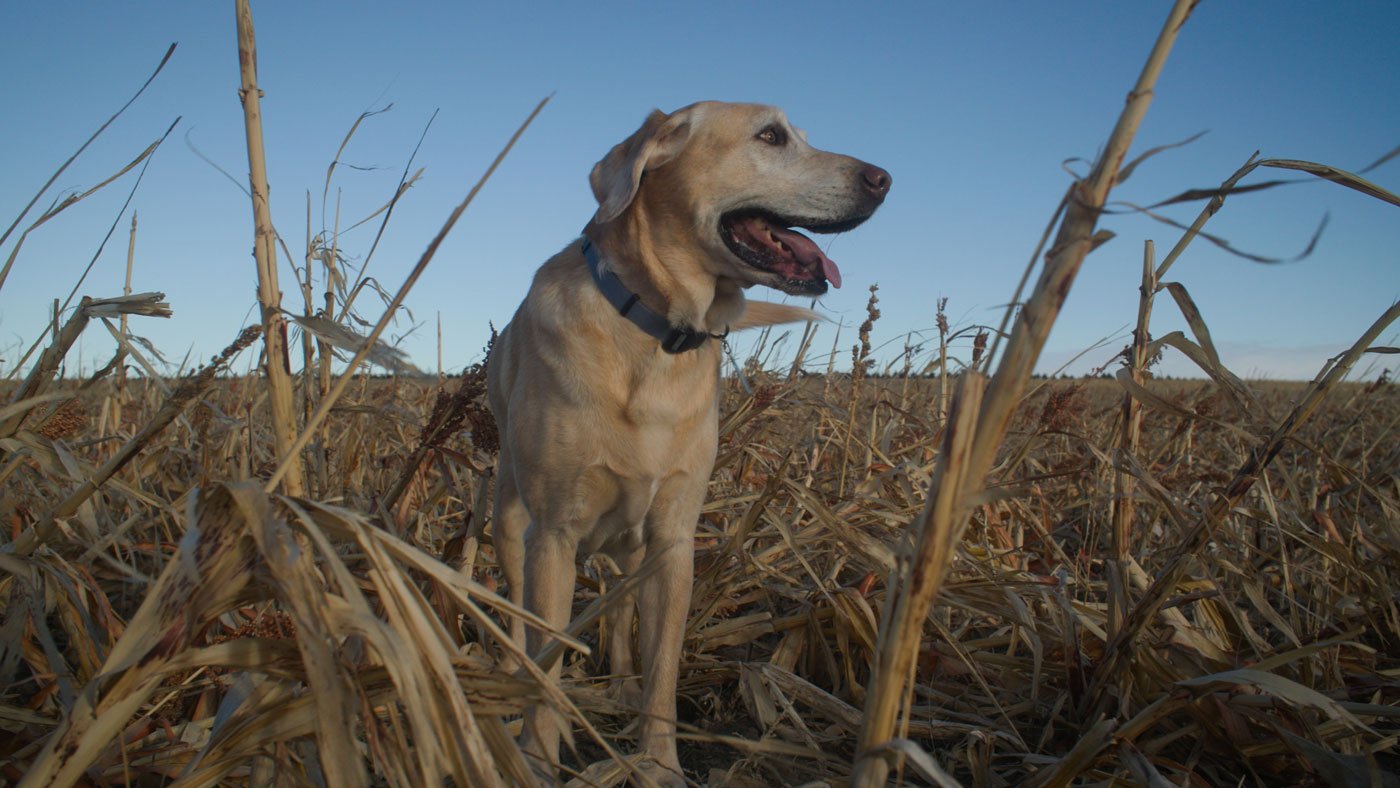
Chesapeake Bay Retriever – Hardy and tenacious, Chesapeake Bay retrievers are perfect for cold water retrieves. This breed is built tough, energetic, and will retrieve birds with enthusiasm even in harsh hunting conditions.
Golden Retriever – Gentle, intelligent, and highly trainable, the golden retriever can be a great family pet and hunting dog. Their long coats help them hold up in cold weather, and they are always eager to please in the field.
Flat-Coated Retriever – Flat-coated retrievers are energetic and sociable, with a strong retrieving instinct. They’re easy to train, eager to please, and they’ll be the first dog out of the blind when a bird goes down!
Tips and Tricks for Training Bird Dogs
Training bird dogs takes time, patience, and consistency. Whether you're starting with a puppy or refining a young adult dog, a solid foundation is key. The training stage is a critical step to not only establishing obedience and command training but also to forming a lifelong bond with your hunting partner.
Training Tips for Success
Start Young – Introduce basic obedience early: sit, stay, come, and heel, much like you would with a dog that is a family pet. These commands form the foundation for the obedience of your dog in the field.
Socialize Often – Expose your dog to different people, environments, and other dogs to build confidence. Bird hunting often takes place in a group, so having a well-socialized dog that is used to others is crucial for an enjoyable hunting experience.
Use Positive Reinforcement – Reward-based training strengthens desired behaviors. Use treats and other positive stimulants to reward your dog when it completes a task or performed the correct command.
Introduce Birds Gradually – Use live birds or scent dummies to build prey drive and focus. You can build up to this step over time, especially after you have completed obedience training.
Simulate Real Hunts – Train in realistic environments to develop field skills. If you have access to a hunting property, ask the landowner if you can train your dog there during the off-season. Some states also allow dogs to run and train on public wildlife management areas during the summer when hunting seasons are closed. Make sure you consult your state and local area wildlife regulations or talk to your local conservation officer before running dogs on public land.
Be Consistent – Regular, short training sessions yield better results than long, irregular ones. Establish a routine with your dog so they can continue to refine their skills and get daily exercise while training.
Avoid Harsh Punishment – Maintain trust and enthusiasm by correcting gently and clearly. Building trust is key to forming a bond and partnership that is effective in the field. For your dog to listen to your commands, it needs to trust you fully and unconditionally.
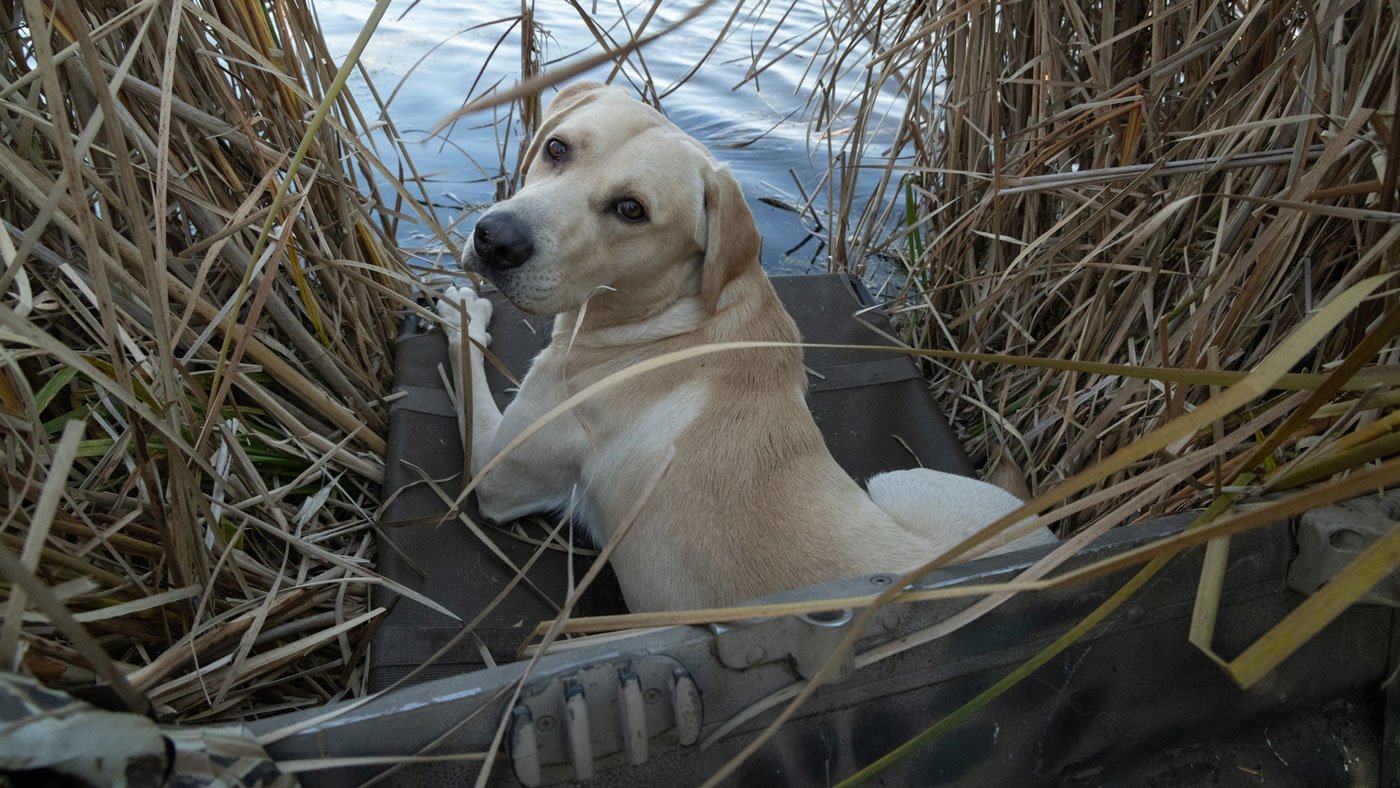
Common Training Tools
If you choose to train your dog yourself, you’ll need some training tools to help your dog get used to finding, flushing, and retrieving game. Many of these tools can be found at popular outdoor retail stores. Here are some popular training tools that are useful for helping to train your bird dogs.
Training dummy (bumpers) - Great for setting in a patch of grass for locating or for use as a retrieving training tool.
Bird scent or wings - Bird scent or wing parts from harvested birds are excellent tools for helping young dogs and puppies learn the scent of game birds to improve their location ability.
Whistles - Many hunters use whistles to teach their dogs commands, as they can be easier for the dog to hear in the field at greater distances. Whistle commands can be used for retrieving, searching, or coming back to the hunter.
E-collars (used responsibly) - E-collars, when used responsibly, can be a good tool to help teach obedience and discipline in a dog. Using a collar with tones can help give a dog an audible cue when they need to correct their behavior.
Launchers for birds or dummies - Launchers do an excellent job at simulating a bird that has been flushed and downed.. They are a popular retrieving training tool, and help simulate distances a dog will need to travel in the field.
Place boards or platforms - Place boards and platforms are used to help bird dogs learn to stay still and in place. They can be used for both waterfowl and upland dogs, whether they are learning retrieval cues or pointing.
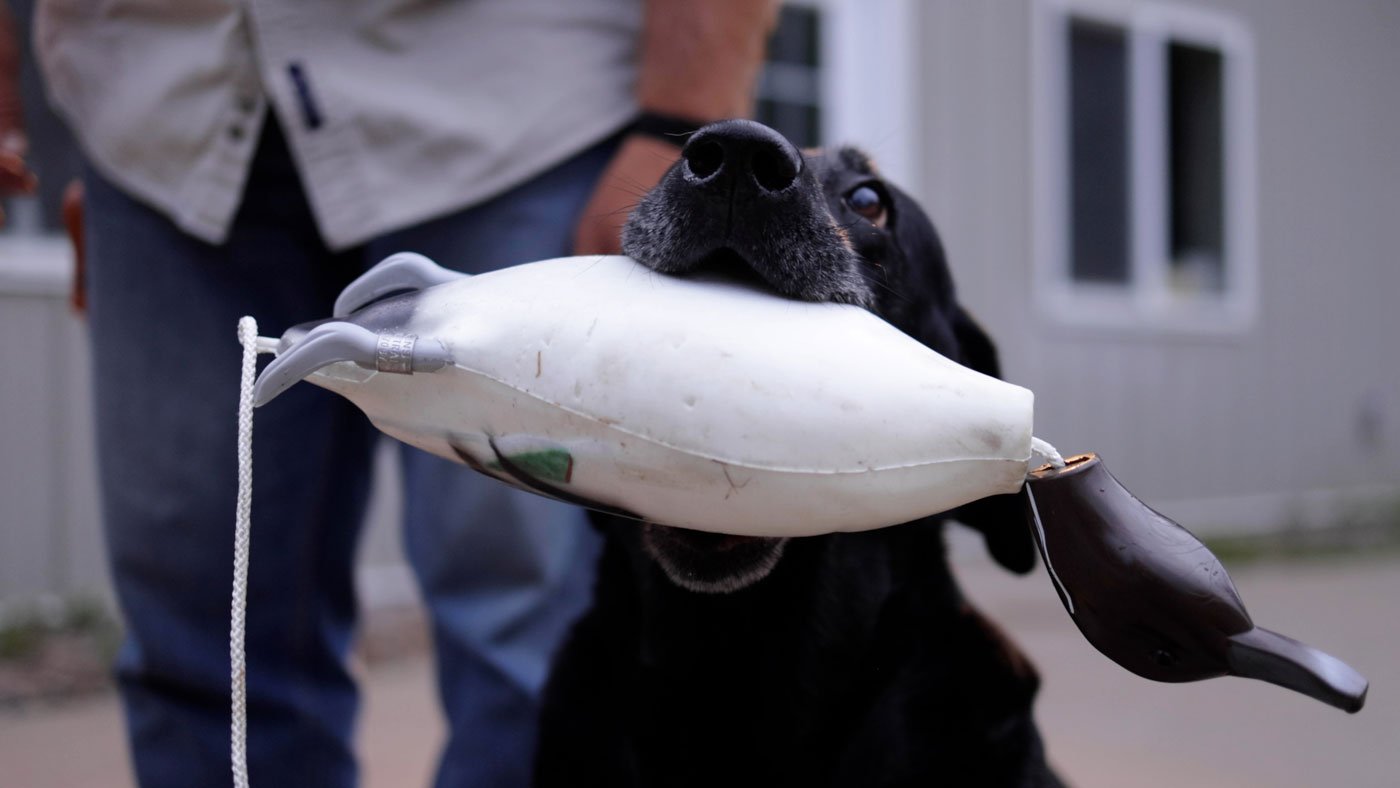
Many hunters choose to work with professional trainers for their first dog or attend bird dog training clinics to learn hands-on techniques. If you aren’t comfortable training your dogs on your own, consider reaching out to a professional trainer or attending one of these classes to get an idea of what is best for you and your dog.
Equipment You May Need for Hunting with Bird Dogs
When you bring bird dogs into the field, a few pieces of specialized gear will improve the experience for both you and your canine companion.
Dog Vest – Vests are an important piece of gear for any dog that’s in the field. They can be used to help provide warmth for some dogs in colder weather, but they are also well suited for providing protection for dogs who may dive into brambles, thorn bushes, and other dense brush while trying to retrieve a bird.
Collars and GPS Tracking – Standard ID collars are a must in case your dog runs off or gets lost. They can quickly help neighboring landowners or other hunters identify your dog and find out how to get in contact with you. GPS collars also let you monitor your dog’s position in an open or wooded area where you may have lost sight of them.
First Aid Kit – A dog-specific kit can handle cuts, ticks, or other injuries in the field. Just like you may carry a first aid kit for yourself, don’t forget one for your pup!
Water and Bowl – Hydration is crucial, particularly in upland hunts. When you’re walking mile after mile, having water for you and your dog is important to prevent dehydration and exhaustion.
Crate or Kennel – Having a crate or kennel in the back of your vehicle helps keep your dog safe during transport and gives them a place to rest after the hunt.
Training Tools – Bring dummies, scent, or whistles to refresh skills before or in between hunts. It’s never a bad time to fit in a little training!
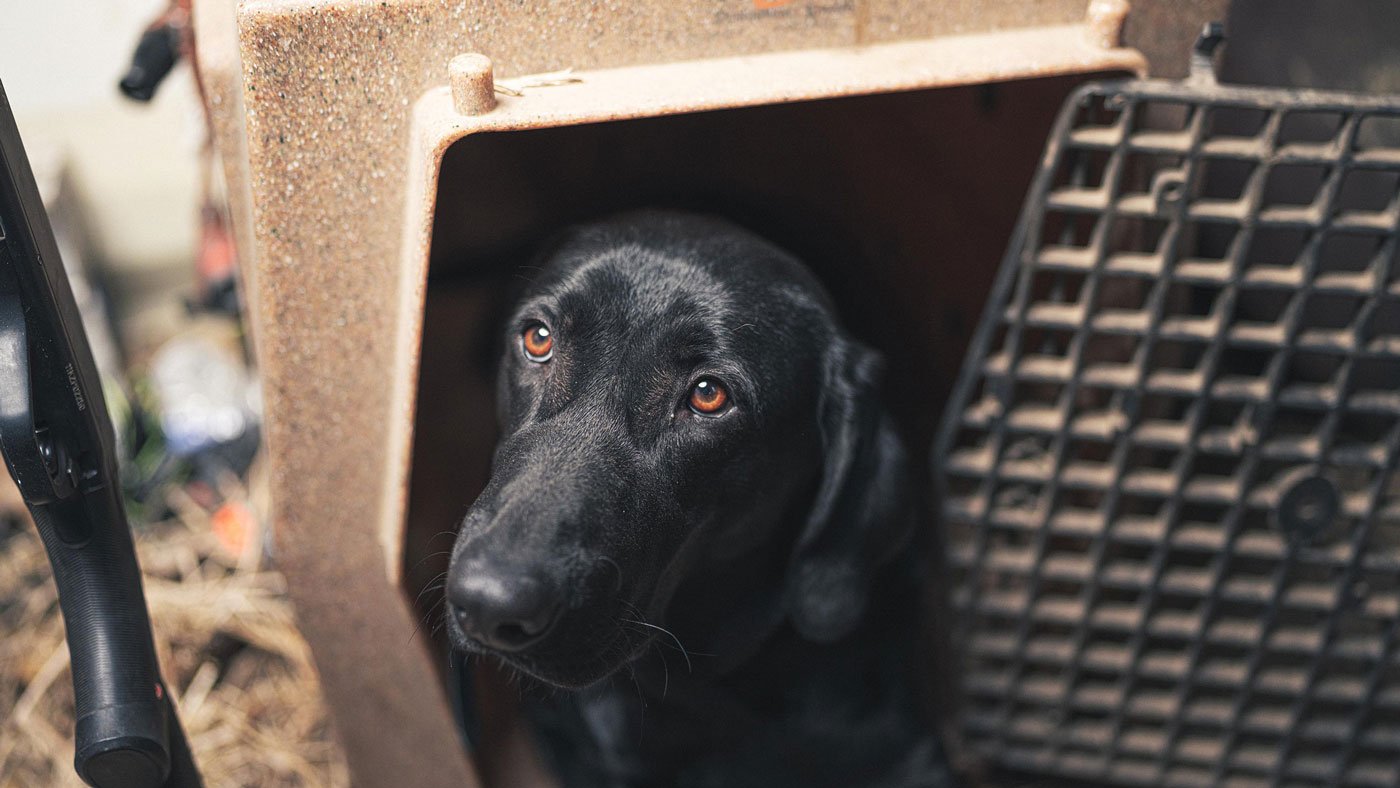
There’s nothing quite like hunting with a loyal and capable bird dog. From the excitement of the flush to the satisfying retrieve, these dogs bring energy, heart, and skill to every outing. Whether you're chasing pheasants through golden fields or calling ducks into a flooded timber hole, there’s nothing better than hunting with your loyal dog by your side.

